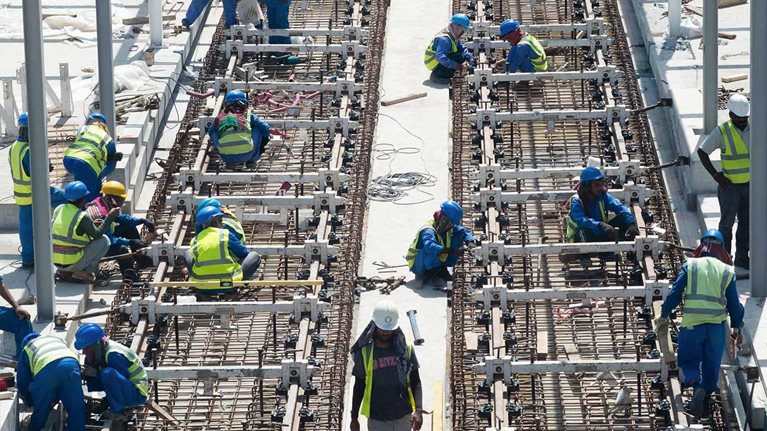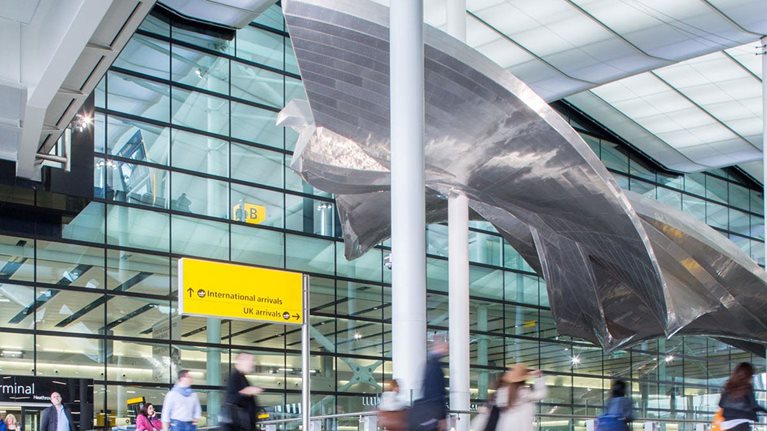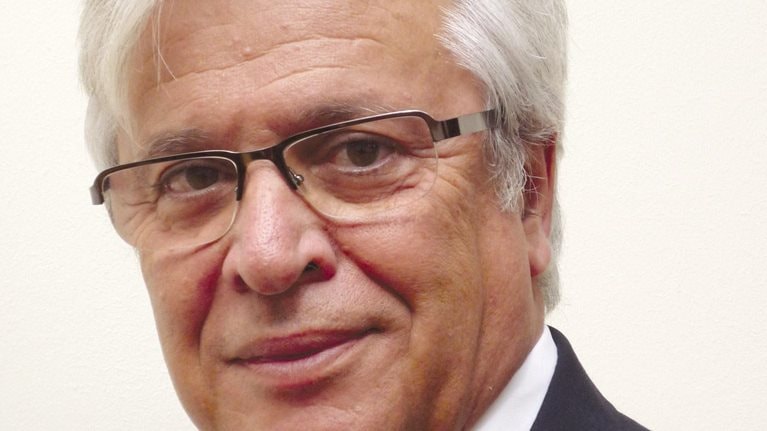Cities are the world’s oldest governance bodies; they remain the most direct, formal contact most of us have with government. They are where most people work, play, pray, and raise their families. Cities also provide real-life laboratories to test new policies. We have found that municipal leaders tend to be resourceful problem solvers, willing and able to take action even when national governments are stalled. Speaking at the Global Infrastructure Initiative in late 2015, Atlanta’s mayor, Kasim Reed, suggested that “Cities are going to move faster and lead because the federal structure is just not built to accommodate the rate of change that’s going to be required globally.” Mayor Park Won-Soon of Seoul highlighted the importance of pragmatism and proximity to citizens in urban innovation. “Everything revolves around the public. If a couple of policy makers were to just sit around a table randomly coming up with new policies, most of them would not be plausible, because they are not based on people’s real needs.”
Such innovation can happen only if city leaders are willing to seize the opportunity. We believe that mayors have an obligation to act pragmatically and inspirationally to serve their residents. We also believe that this is not enough.
Local leadership can lead to global solutions
Because many significant urban challenges are global, the problems related to crime, pollution, natural-resource shortages, and economic turmoil move fluidly across borders. Consider migration: the Office of the United Nations High Commissioner for Refugees estimates that nearly 60 million people have been displaced from their homes and about a third are officially categorized as refugees. While national governments struggle to decide whether, whom, and how many people to accept, it is cities that must cope with the day-to-day realities of accommodating those who arrive, often in desperate straits and without legal status.
It is important to recognize that migrants can bring positive contributions. A recent report from Standard & Poor’s Financial Services, for example, found that Turkey’s economy has benefited from the influx of 2.7 million Syrians; the new arrivals, the report said, have provided a “positive shock.” As McKinsey’s Jonathan Woetzel told the Global Infrastructure Initiative and also noted in a recent article, two-thirds of urban economic growth is determined by population flow. Migrants who become integrated into the urban community can provide significant benefits. How to make that happen is not something to be done strictly within the city limits, of course, but there are efforts to watch. Some cities, for example, have created voluntary identification cards for all residents; such official ID helps them enter the social and economic mainstream, for example, by allowing them to open bank accounts and access city services.
To deal with global challenges, cooperation and transnational networks are required, and cities around the world are recognizing this. Dozens of global networks of cities have been established to tackle specific issues such as climate change (ICLEI’s C40 Cities), security (European Forum for Urban Security, Mayors for Peace, Strong Cities Network), and resilience (100 Resilient Cities). These groups are all relatively new, which is not surprising; the interest in collective, cross-border action by cities is recent. Their common premise is that because cities are focused on delivering services rapidly and effectively, they are often able to test and refine possible approaches faster than national governments.
The action and impact of these networks is beginning to materialize. C40 has reported that member cities have taken more than 10,000 concrete actions to reduce greenhouse-gas emissions. One C40 member city, Oslo, has set the goal of becoming carbon neutral by 2050 and has laid out a comprehensive plan to achieve it. Recognizing that half of the Norwegian capital’s carbon emissions were generated by transportation, the city has invested heavily in an electric-vehicle (EV) fleet and in EV charging stations, and it has worked with the national government to create tax incentives for EV purchases. The number of EVs registered in the city has more than tripled since 2008, and EVs account for almost a quarter of new-car registrations in the country. Along with 16 other developed cities, Oslo is part of the Carbon Neutral Cities Alliance, which aims to reduce greenhouse gas emissions substantially by 2050. Oslo’s choice will not be for everyone; the point is that it is doing something new that others can evaluate and learn from.

Voices on Infrastructure, Number 3
The organization 100 Resilient Cities has helped its member cities—including Byblos (Lebanon), New Orleans and New York (United States), Porto Alegre (Brazil), and Semarang (Indonesia)—complete more than a dozen comprehensive resilience strategies. These define integrated approaches to resolve social, environmental, and economic challenges. One credit agency attributed the resilience strategy of the Hampton Roads, Virginia, region as a factor in maintaining the credit rating of area municipalities such as Norfolk. It specifically pointed to the region’s work on mitigating flood risks.
When cities act individually, they can solve their own problems; when they act together, the hope is that they can help address global problems.
That is the rationale of a new network, the Global Parliament of Mayors (GPM), which aims to encourage cities toward collective policy actions. The GPM will convene for the first time in The Hague in September. Dozens of mayors have already participated in planning sessions and many have already committed to participate, including leaders from Amman, Cape Town, Quito, Rotterdam, and Warsaw. The GPM hopes to set ambitious goals—at first focused on climate and migration—and then to devise pragmatic, bottom-up common policies based on successful innovations that already exist and based on the work of other global networks. Cities can opt in to, or out of, these policies, based on their specific needs and circumstances.
The GPM and other networks cannot replace or replicate municipal or national governance. What they can do is to help forge a global role for mayors. By coming together, these leaders can start to agree on strategic objectives, identify common solutions, and make a collective difference for the world’s toughest challenges.


